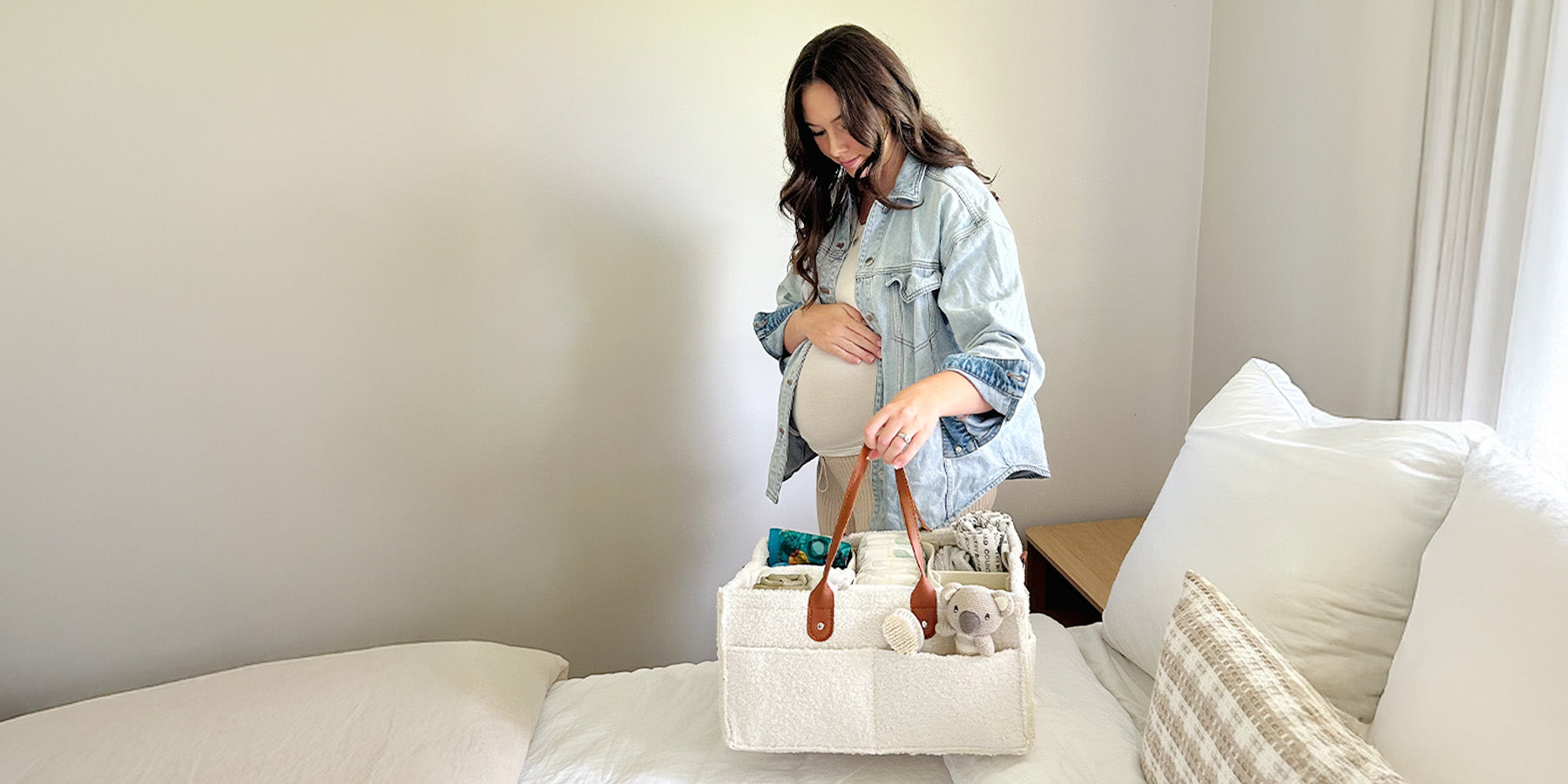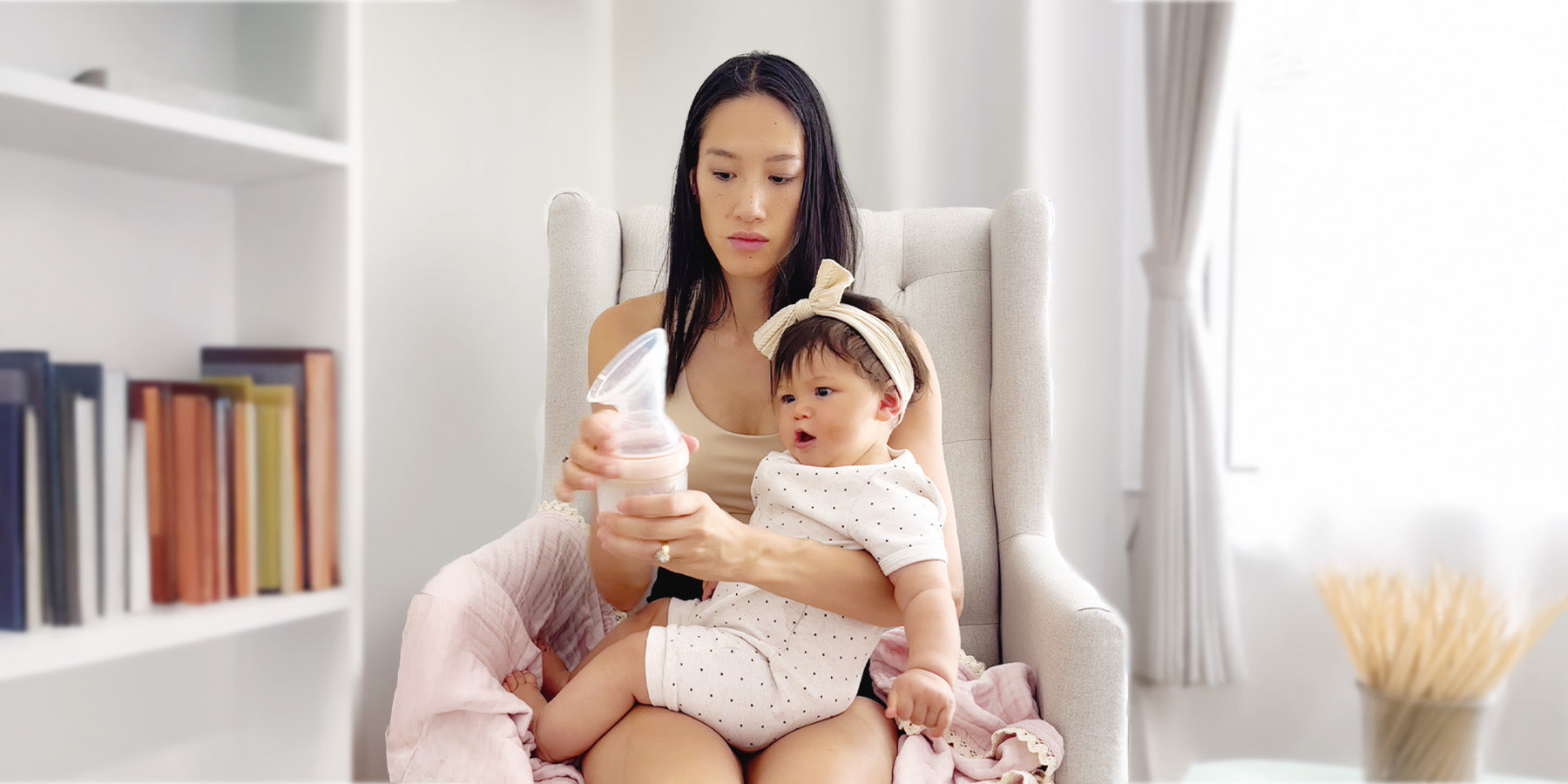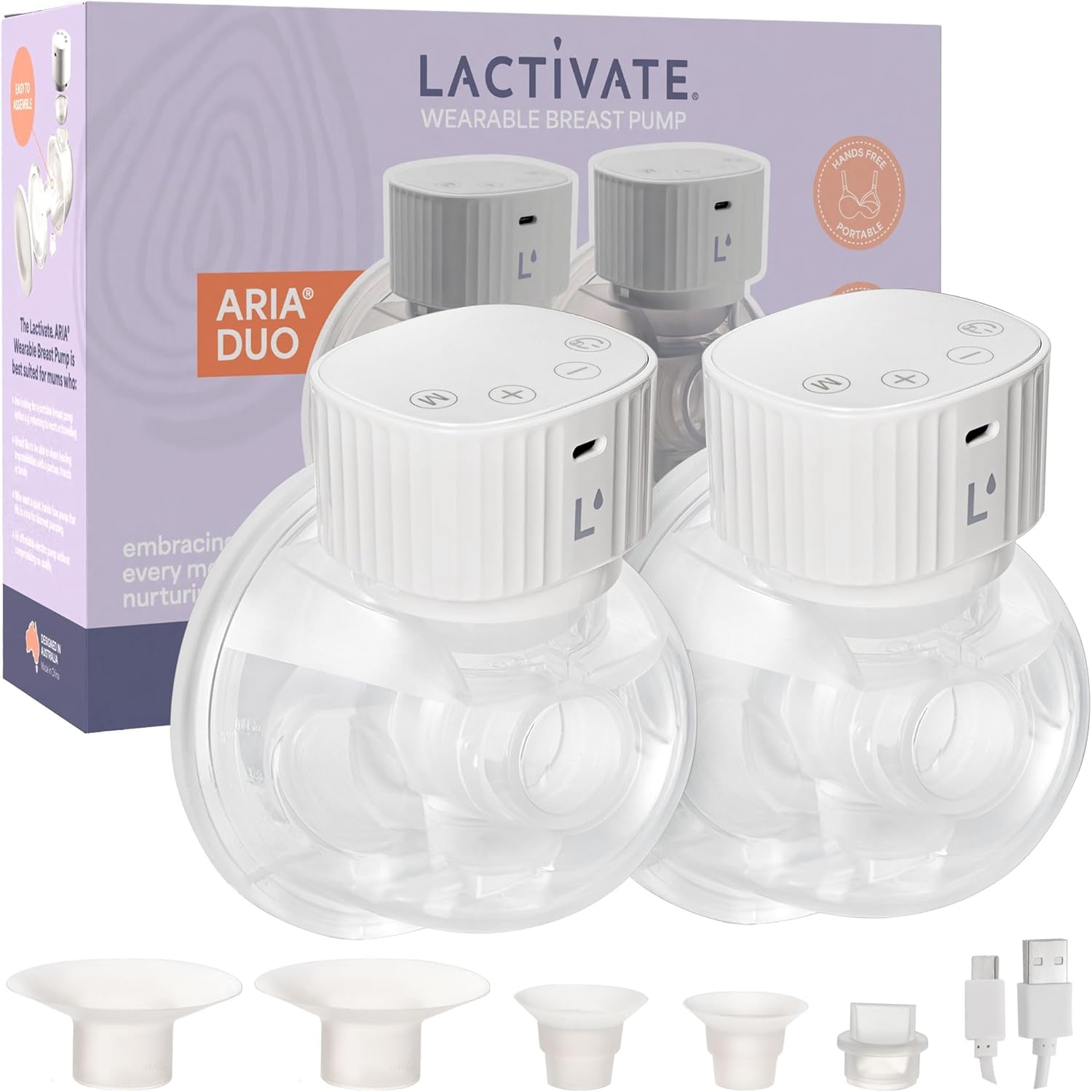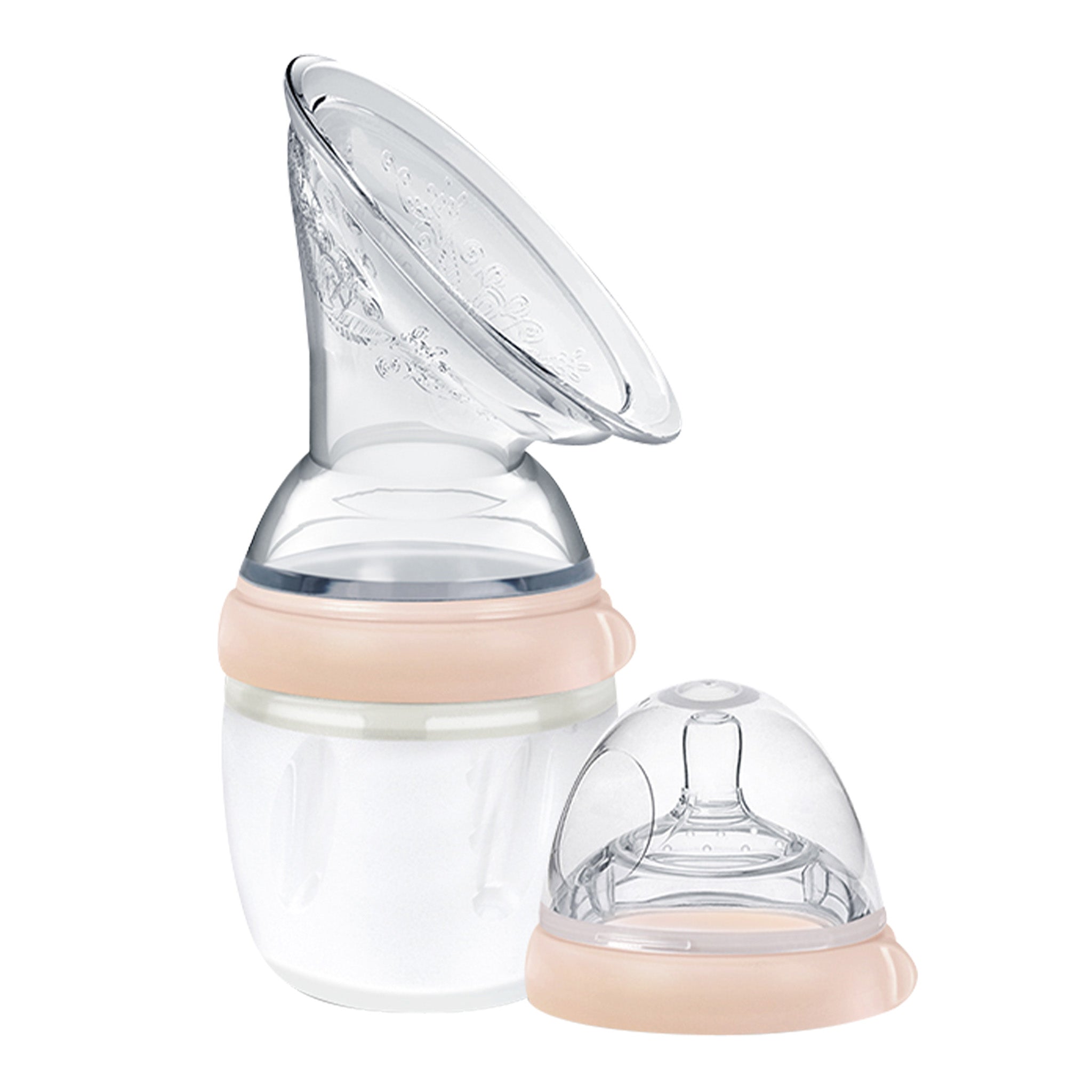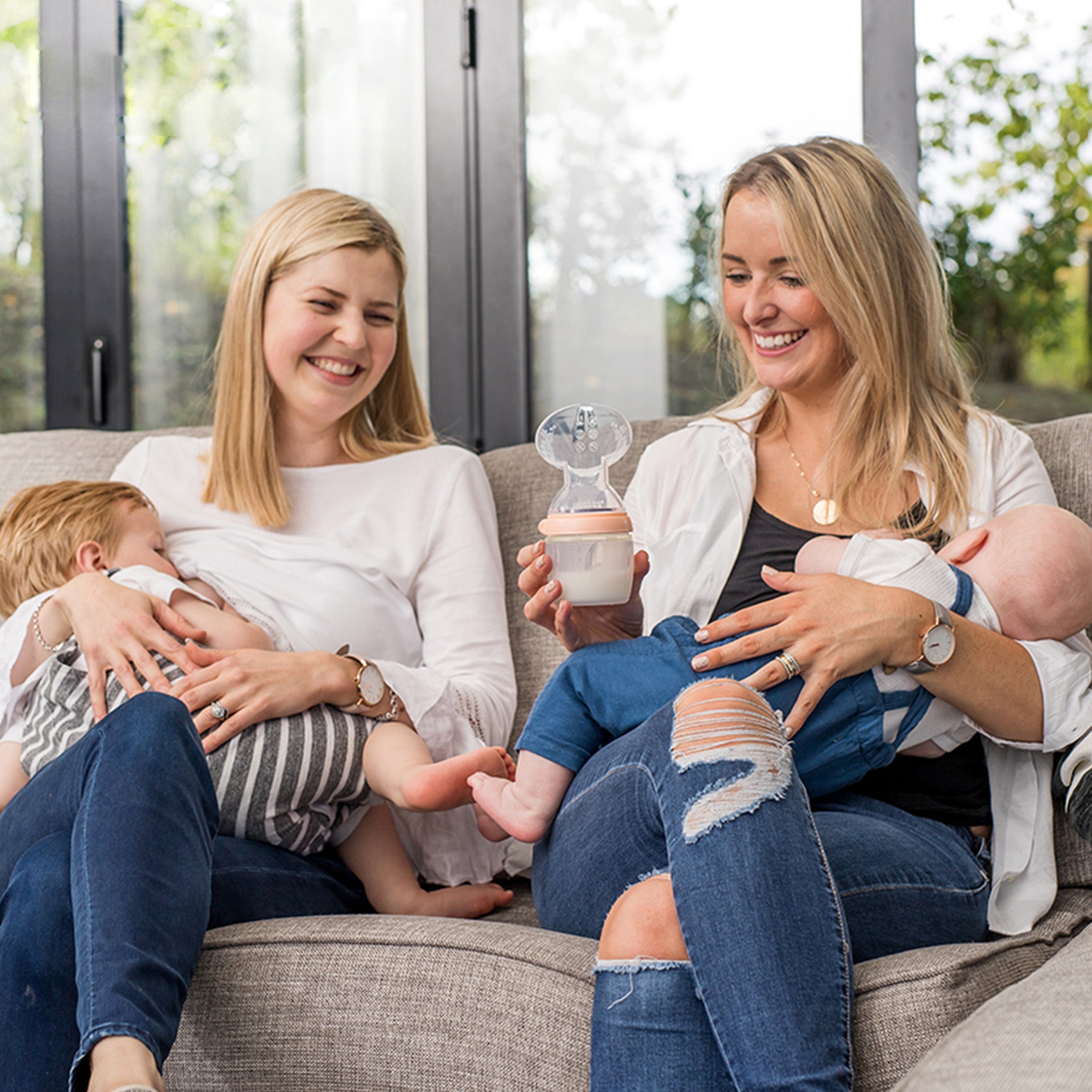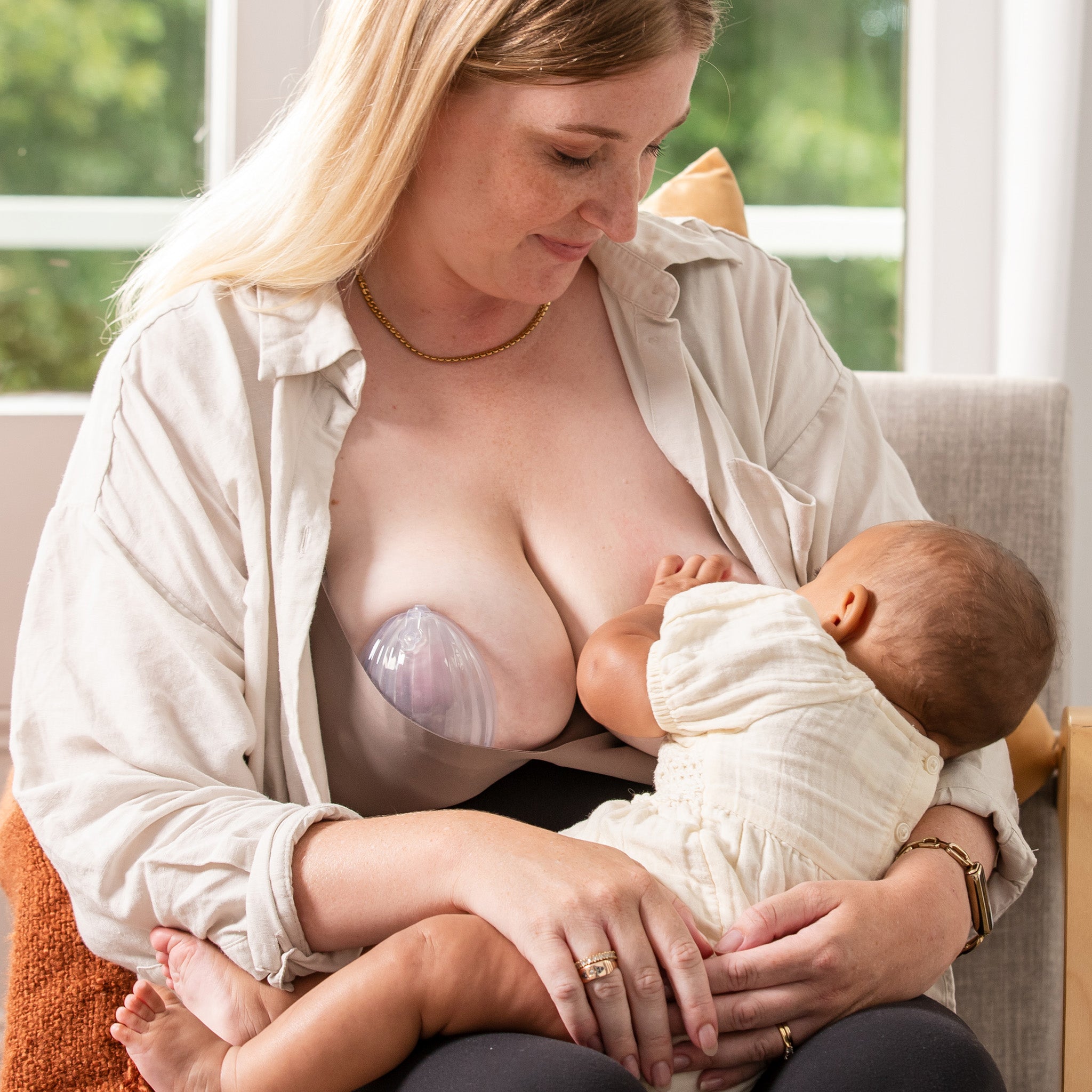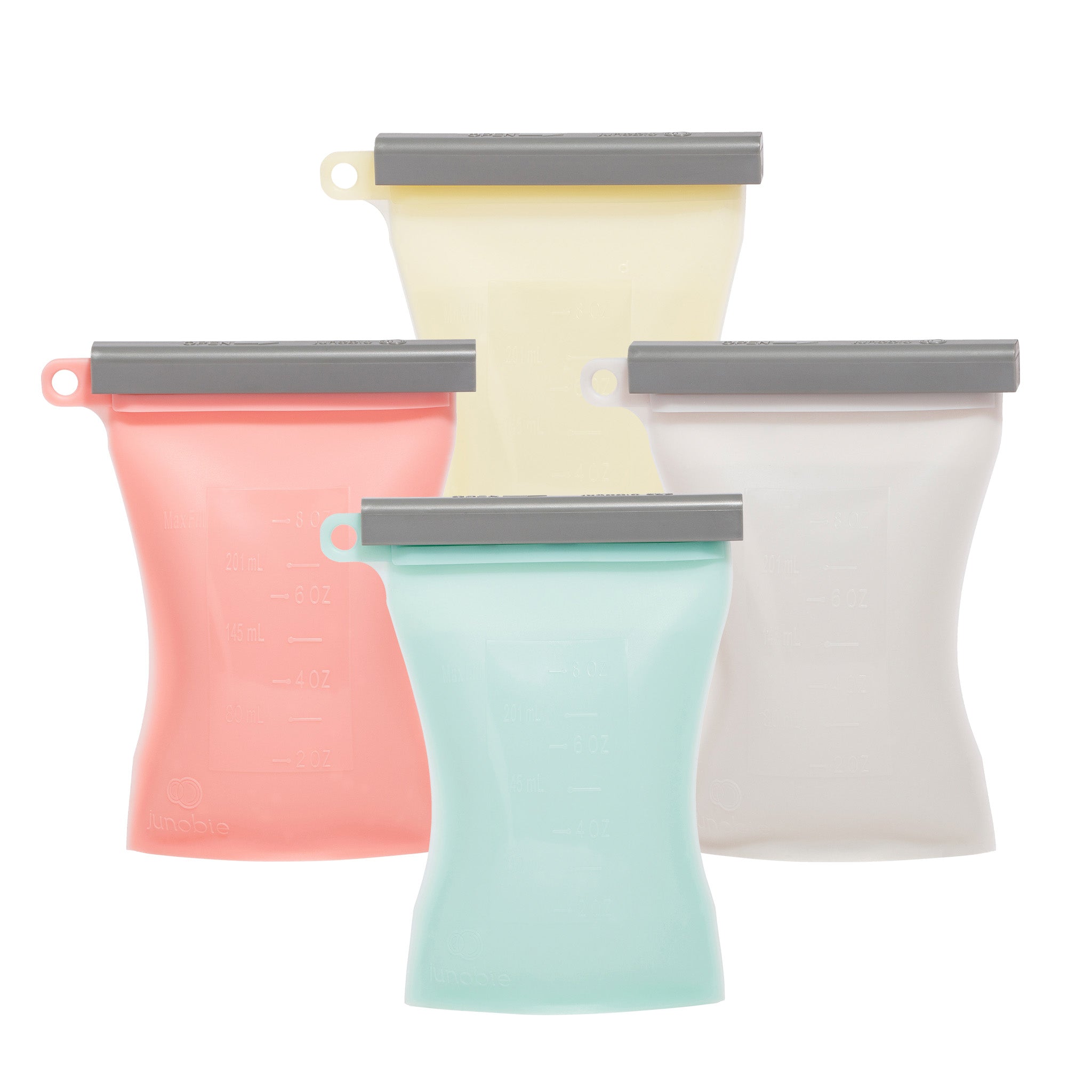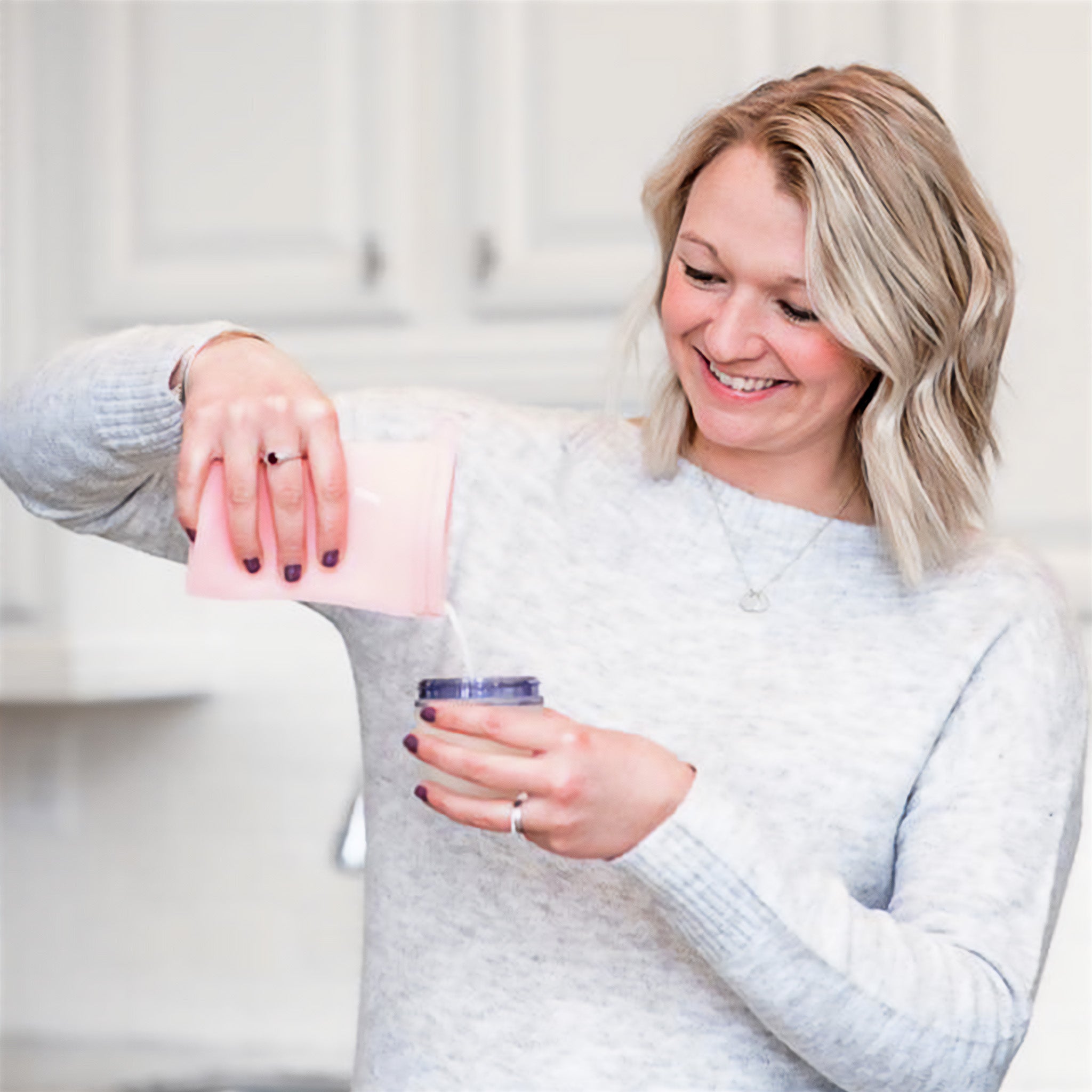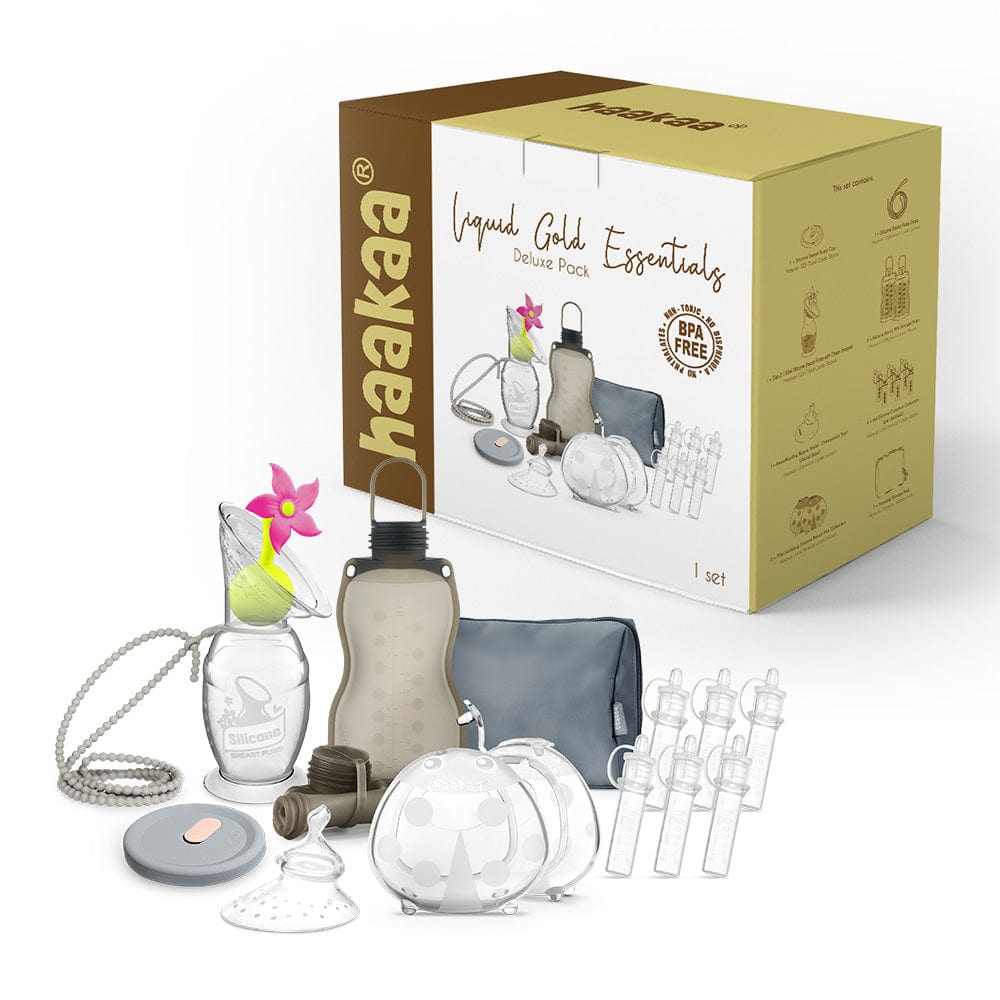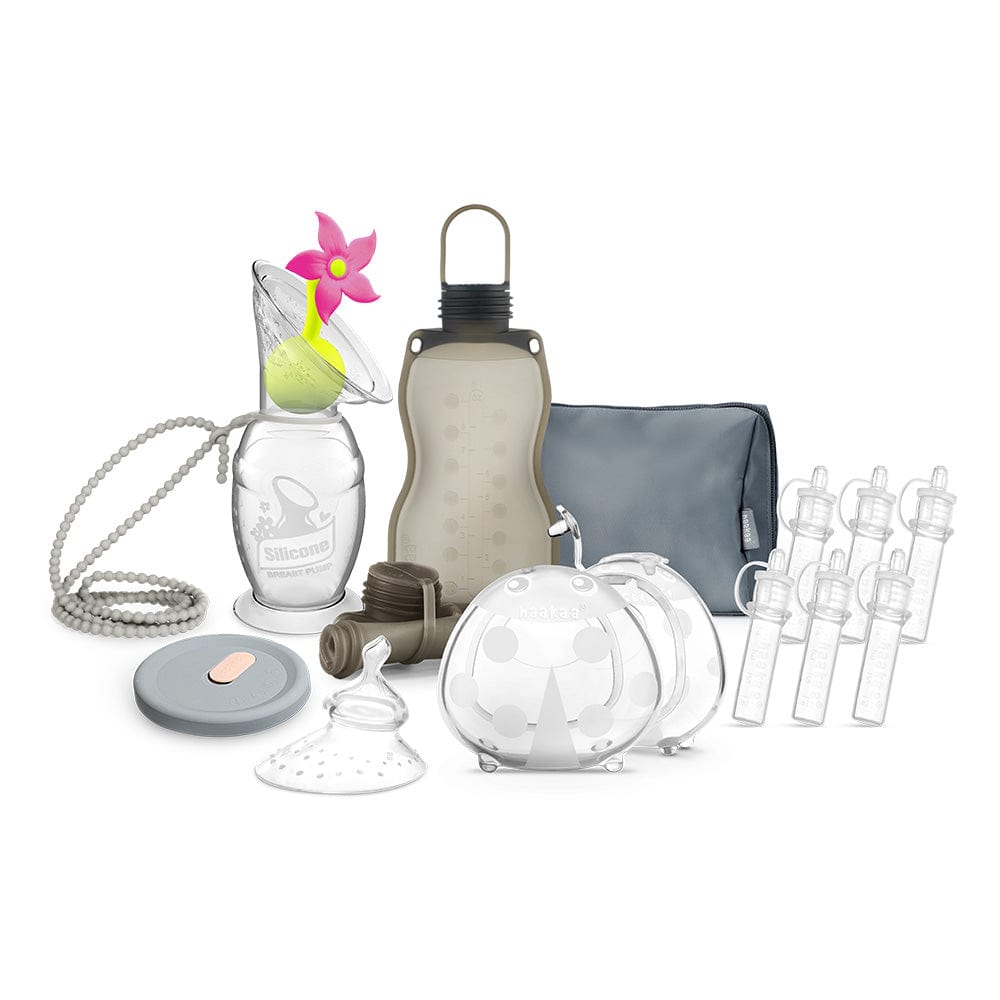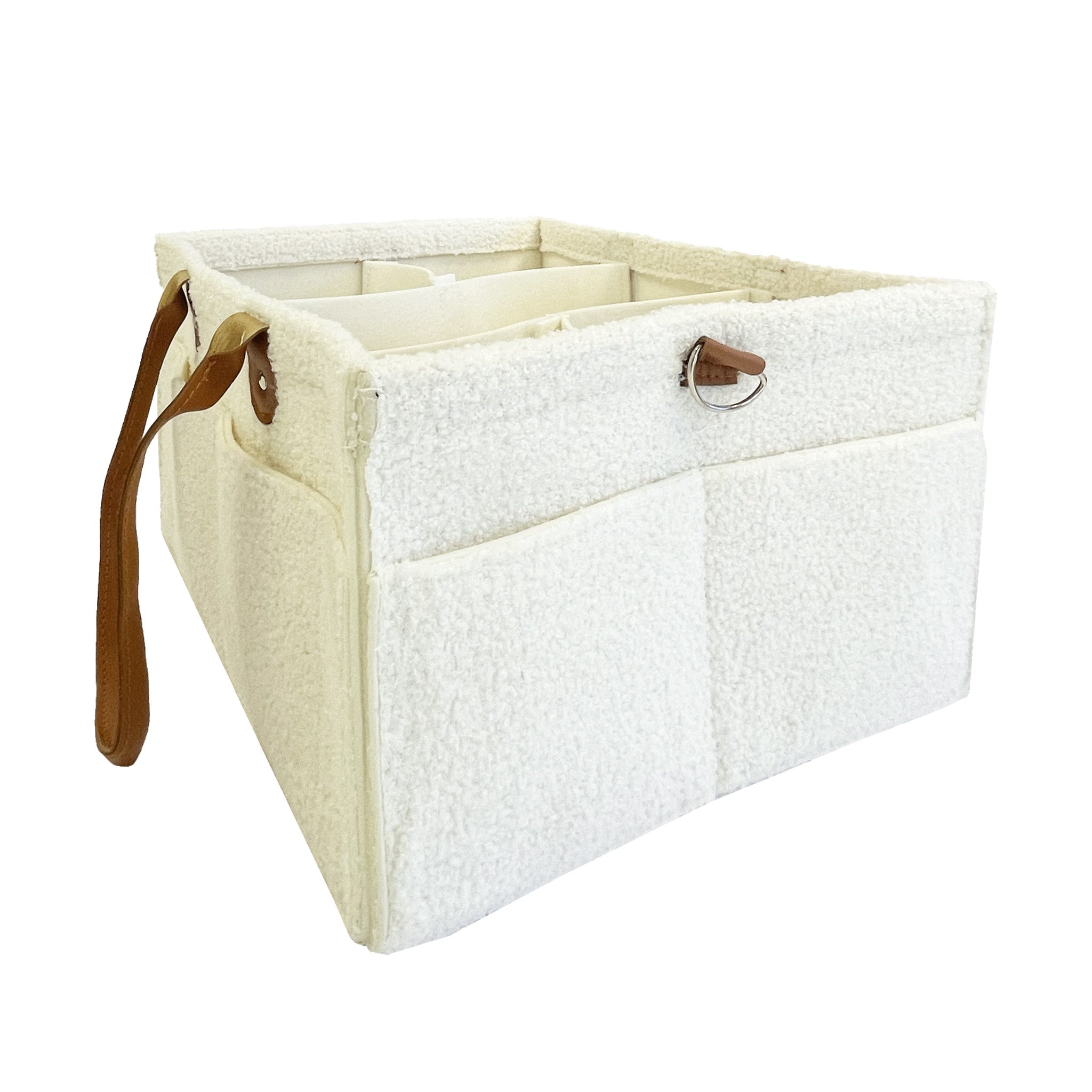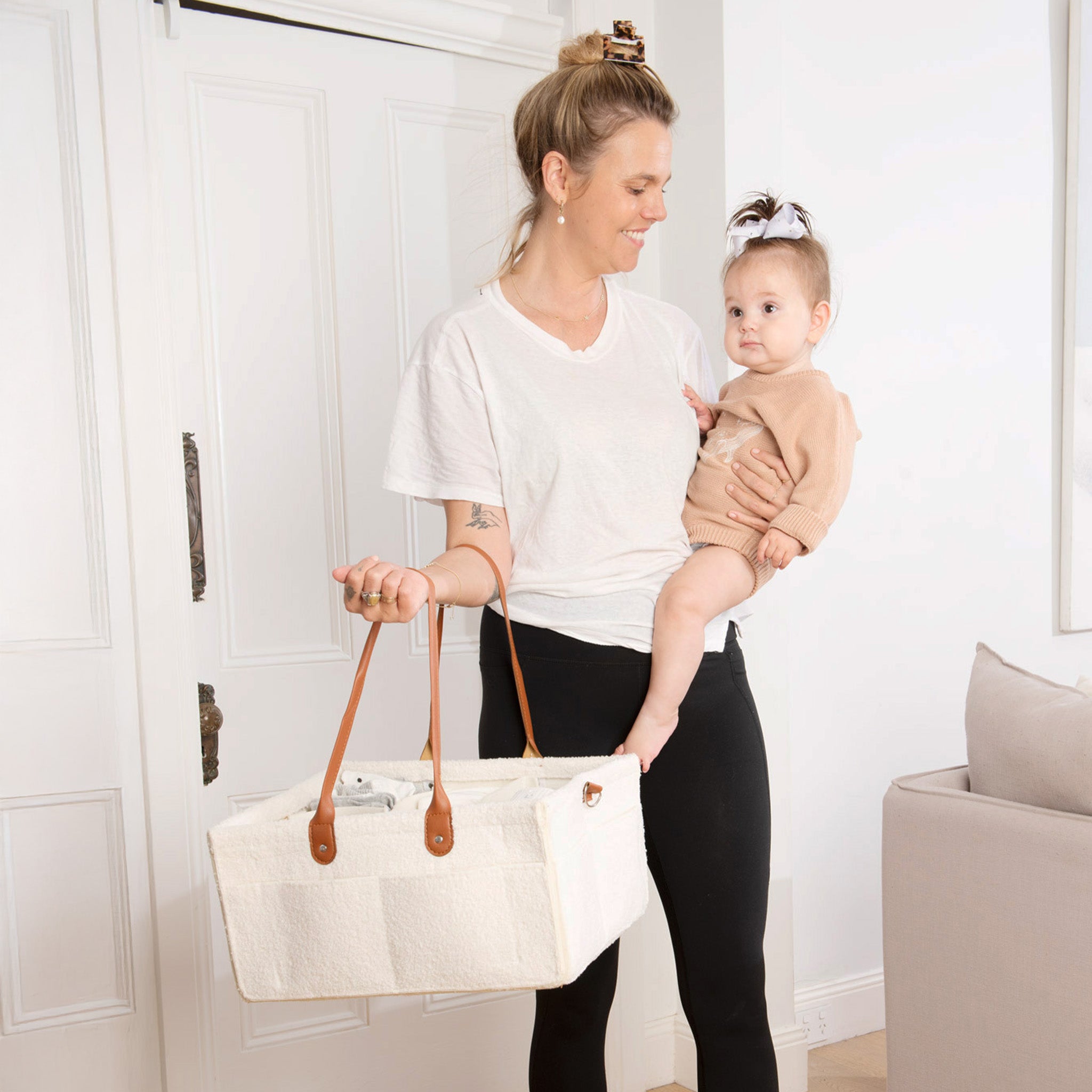Whether you are breastfeeding for the first or fourth time, it always comes with challenges. The tricky thing is; there is no normal when it comes to babies! Each will have their own patterns, behaviours and milky needs (helpful we know!)
As a mama, you'll often wonder if you're feeding enough (or too much!). Whether cluster feeding is A-OK or if you should be following some kind of timed schedule. It can be just a little bit stressful!
While every baby is different, there are some common things you can usually expect from your little one, based on their age.
0 – 4 weeks
Newborns feed a LOT! You can expect to be breastfeeding your little one approximately every 90 minutes to two hours; or about 12 times in a 24 hour period. There is no rhyme or reason to this and it can be quite irregular. There tends to be a late afternoon/early evening ‘cluster feeding’ session which stimulates your milk supply for the next day, so it may seem that your little one can’t get enough. But don’t worry, they’re actually instinctively ensuring they have enough milk for tomorrow.
The best way to monitor your baby’s hydration is to check their nappies. They should have 8 – 12 wet nappies over a 24 hour period. Babies do not need water at this age and if you are concerned about hydration then go to your doctor or hospital immediately. If you’re expressing and bottle feeding, then you can expect bub to be drinking 540 – 690 ml per 24 hours and up to 90ml per feed.
 4 – 8 weeks
4 – 8 weeks
Your little one may have spaced out their feeds to 7 -10 times over a 24 hour period though it varies for every baby and things like growth spurts can impact how often your little one feeds.
Hopefully though you’ll be getting a bit more rest and respite between visits to the boob bar. Breastfeeding burns a lot of energy so make sure you’re eating lots of nutrient dense food. Your body will naturally adjust to your baby’s needs but if you want to help your milk supply then you can always have a cup of lactation tea (we love Mama Body Tea and a lactation cookie…because lactation cookies are good for you!
If you’re expressing and bottle feeding then expect your little milk machine to be consuming approximately 660 -840mL/day and up to 120ml per feed (4 weeks) and 720 – 960mL/day and up to 180mL per feed (8 weeks).

8 – 12 weeks
You may have noticed feeds becoming more predictable by this age. Some babies settle quite easily into a feeding routine, which makes it easier to predict and manage their needs. Of course, some babies (like my daughter!) decide they are in charge of the boobs and there is no rhyme or reason to their feeds…except that there’s quite a few of them!
Babies at this age have usually dropped down to 6 – 9 feeds per day and will have 4 - 8 wet nappies over a 24 hour period. If you are bottle feeding, then your bub will be drinking 720 – 1200mL/day and up to 210mL per feed.

3 – 6 months (12 – 24 weeks)
Between 3 – 6 months your baby will become a more efficient feeder, and during this time you may introduce solids as well. How much breastmilk you baby drinks will depend on whether they have started solids or not, however breastmilk should still be their primary source of nutrition. Before six months of age it is advisable to speak to your doctor before starting bub on solids to check your child's readiness. Some doctors now recommend starting solids as early as 4 months while others adhere to the WHO guidelines which recommend starting solids around 6 months of age.
Breastfed babies will usually have 5 - 7 feeds per day and 4 – 8 wet nappies over a 24 hour period. Bottle fed babies will eat 720 – 1200mL/day of expressed breastmilk and up to 240mL per feed.

6 – 12 months (24 weeks – 42 weeks)
You can start feeding your little one solids from around six months of age. Some families will choose to do Baby Led Weaning where family foods are introduced as opposed to specifically prepared purees and mashes, while others may go with purees to start. I initially gave my little girl breastmilk first so that she wouldn’t be ravenous and would be happy to taste, explore and play with her foods. As she got a little bit older, I switched and gave her solids first and a breastfeed afterwards, as a way of moving her slowly towards a more solids based diet. I found this worked quite well, although how you approach introducing solid foods is an individual choice.
Depending on how many solid meals are being, eaten most babies will breastfeed between 4 – 6 times per day and have 4 – 8 wet nappies. Bottle feeding babies will drink 720 – 1200mL/day of expressed breastmilk and up to 240mL per feed.

12 months and onwards
From 12 -14 months, whether you continue breastfeeding is a personal choice for you and your family. The Australian Breastfeeding Association (ABA) and World Health Organisation (WHO) recommend breastfeeding up to 24 months and beyond. The benefits of breastmilk at different ages are explored in the ABA link above. It’s really up to you and your baby how often you nurse and long you keep going.
The amounts and frequency of breastfeeds discussed above are guidelines to assist you in figuring out what is ‘normal’ – if there is such a thing – for your baby. You know your baby best and if you are concerned that they are not gaining weight, are not feeding enough or are dehydrated then please seek medical assistance immediately.


